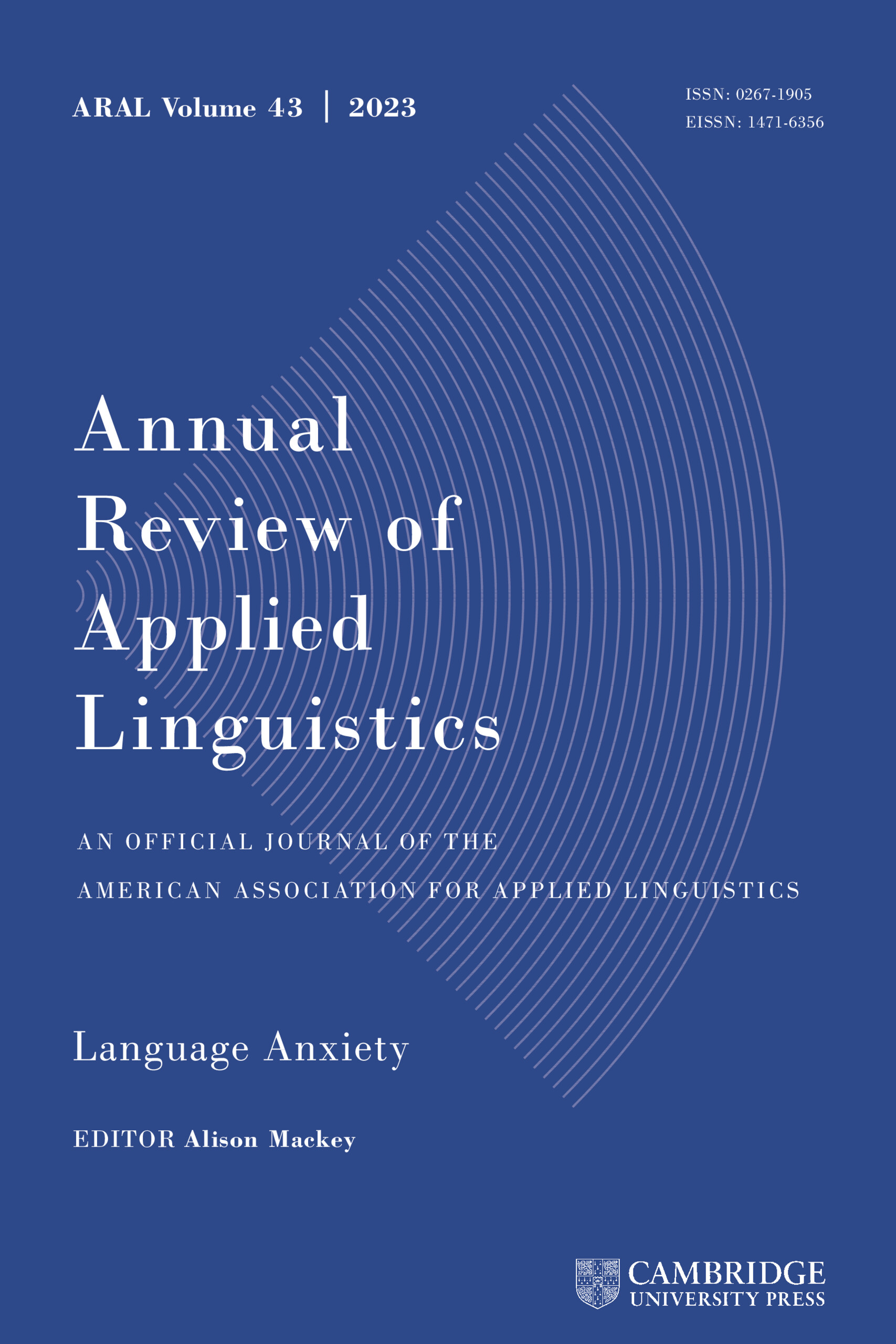Article contents
The role of generative AI in mediating L2MSS and engagement with written feedback in EFL learning: A structural equation modeling approach
Published online by Cambridge University Press: 11 June 2025
Abstract
This empirical study explores three aspects of engagement (affective, behavioral, and cognitive) in language learning within an English as a Foreign Language context in Japan, examining their relationship with AI utilization. Previous research has demonstrated that motivation positively influences AI usage. This study expands on that by connecting motivation with engagement, where AI usage serves as an intermediary construct. A total of 174 students participated in the study. Throughout the semester, they were required to use Generative AI (GenAI) to receive feedback on their writing. To prevent overreliance or plagiarism, carefully crafted prompts were selected. Students were tasked with collaboratively constructing essays during the semester using GenAI. At the end of the semester, students completed a survey measuring their motivation and engagement. Structural Equation Modeling was employed to reaffirm the previous finding that motivation influences AI usage. The results showed that AI usage impacts all three aspects of engagement. Based on these findings, the study suggests the pedagogical feasibility of implementing GenAI in writing classes with proper teacher guidance. Rather than being a threat, the use of this technological tool complements the role of human teachers and supports learning engagement.
Keywords
Information
- Type
- Research Article
- Information
- Open Practices
Open data
Open materials
- Copyright
- © The Author(s), 2025. Published by Cambridge University Press.
Footnotes
This research article was awarded Open Data and Open Materials badges for transparent practices. See the Data Availability Statement for details.
References
- 3
- Cited by


